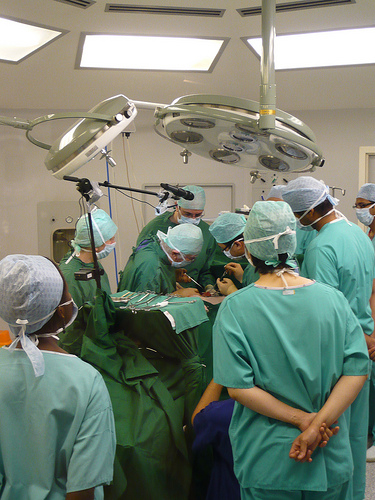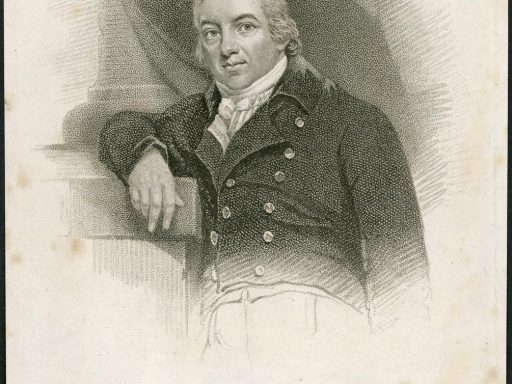
Our 1980s operating theatre came back to life this morning, as we brought back together a surgical team from London’s Westminster Hospital to carry out three operations in the way they would have been performed in 1983. The idea is to capture how operations were performed in the past when surgery was very different from how it is today.
